The Kindergarten program in Ontario is a full-day program with a Play-Based curriculum taught over a 2-year period. Children learn early literacy and mathematics principles, expand their social skills, begin to use problem solving techniques, and practice emotional development, all while playing and exploring. Going to Kindergarten is an exciting time and a big step for families.
I have taught Kindergarten for 3 years as a French as a Second Language Teacher. Although my oldest daughter won’t be going to school for another year, the teacher in me wants to prepare her as much as possible so that the transition is smooth.
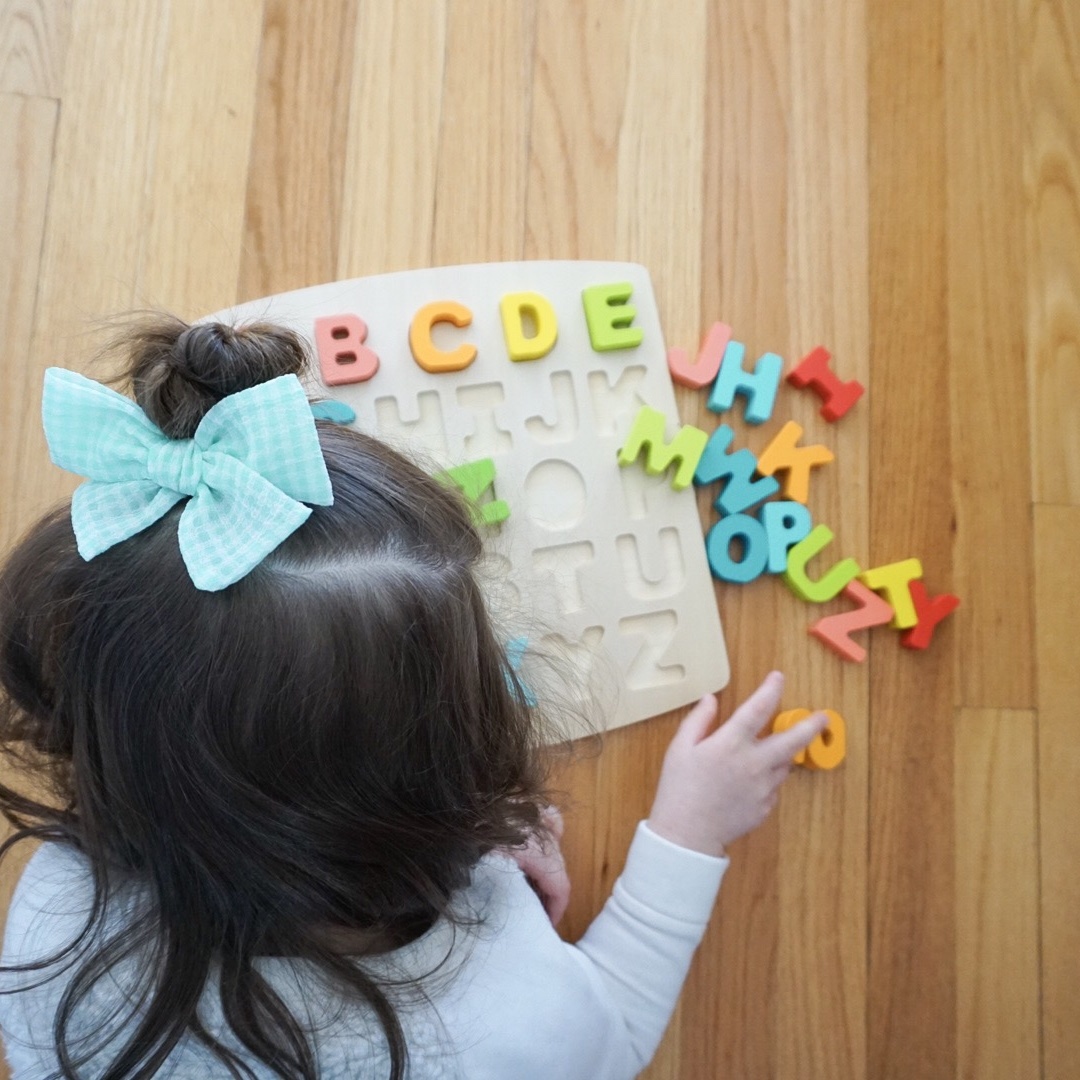
So what have I been doing to prepare her? Here’s my list of 5 ways you can prepare your child for Kindergarten.
Reading Daily
Ask any teacher and they will all say read, read, read! Reading to your child every day lays the foundation for literacy development. Children learn that text has a meaning. They learn new vocabulary and begin to recognize frequently used words. It also exposes them to different topics, stimulates their imagination, and helps them understand the world around them better.
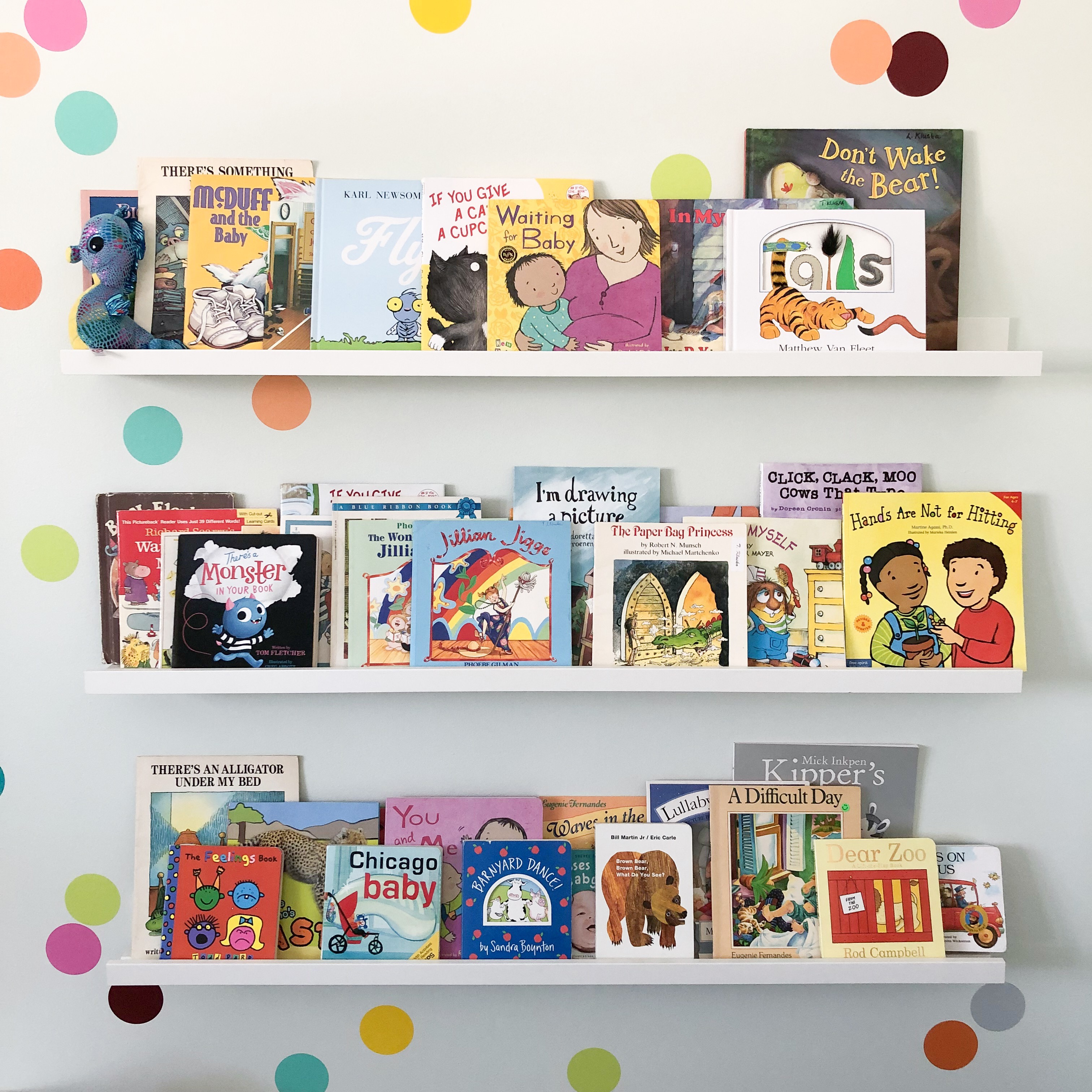
Name Recognition
One of the first things children learn to write is their name. Now don’t worry, your child does not need to know how to write for the first day of school, but they should be able to recognize their name and some of the letters. This will give them a leg up when it comes time to start practicing writing. It also helps them locate important items and areas in the classroom, like their labeled cubbie, basket, or journal.
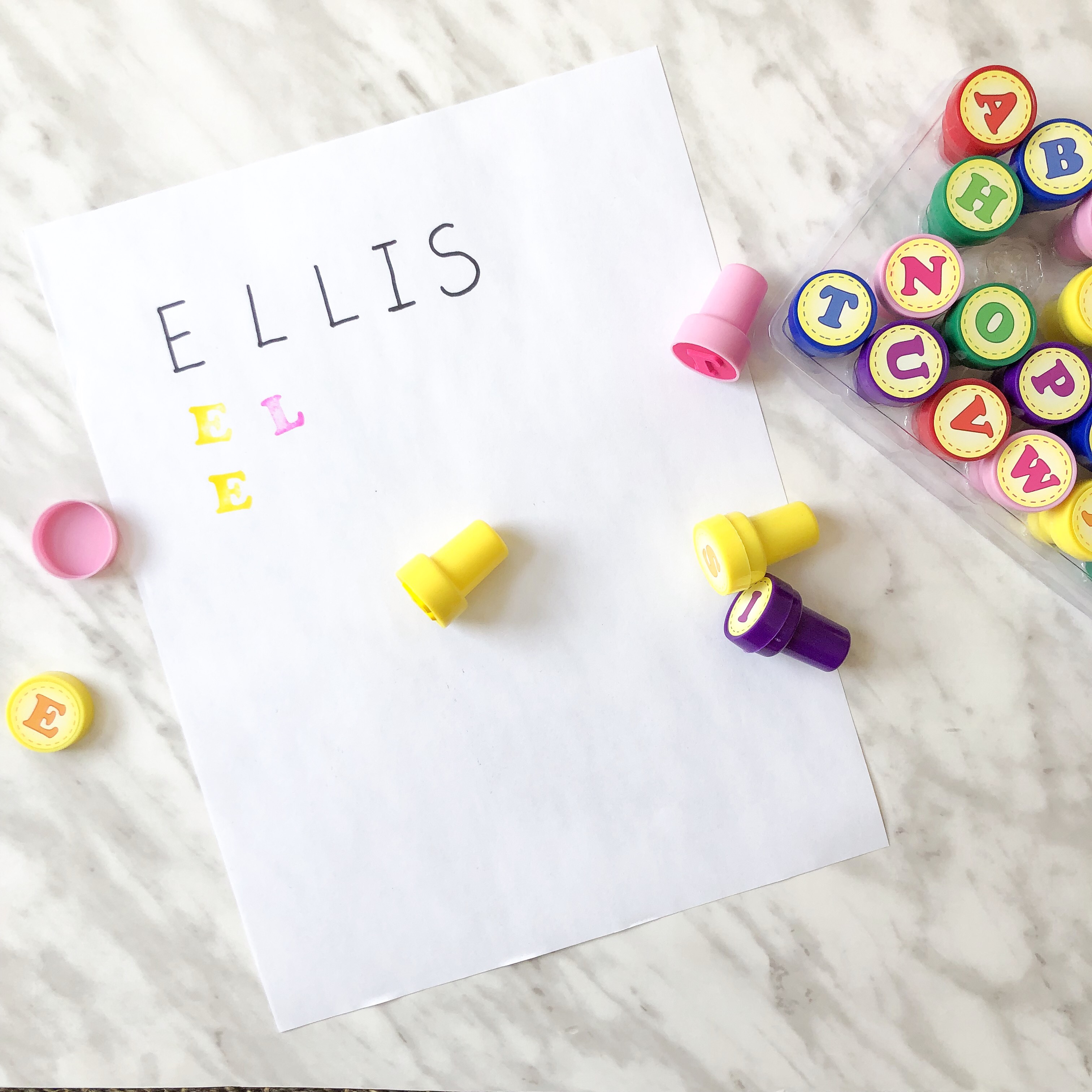
Independent Skills
An important skill to practice before your child goes to school is how to do things on their own. Kindergarten classrooms have on average 29 students. If 1 or 2 children are having trouble getting their shoes on, that’s no problem. But if all 29 can’t, it will take forever to get everyone outside to play. Encourage your child to practice putting on and taking off their outdoor clothes, shoes or boots, zipping and unzipping their backpack, and opening their own food containers and packaged snacks. Not only will this help keep routines and transitions running smoothly in the classroom, but it will also keep your child from feeling frustrated, overwhelmed, or impatient waiting for help.
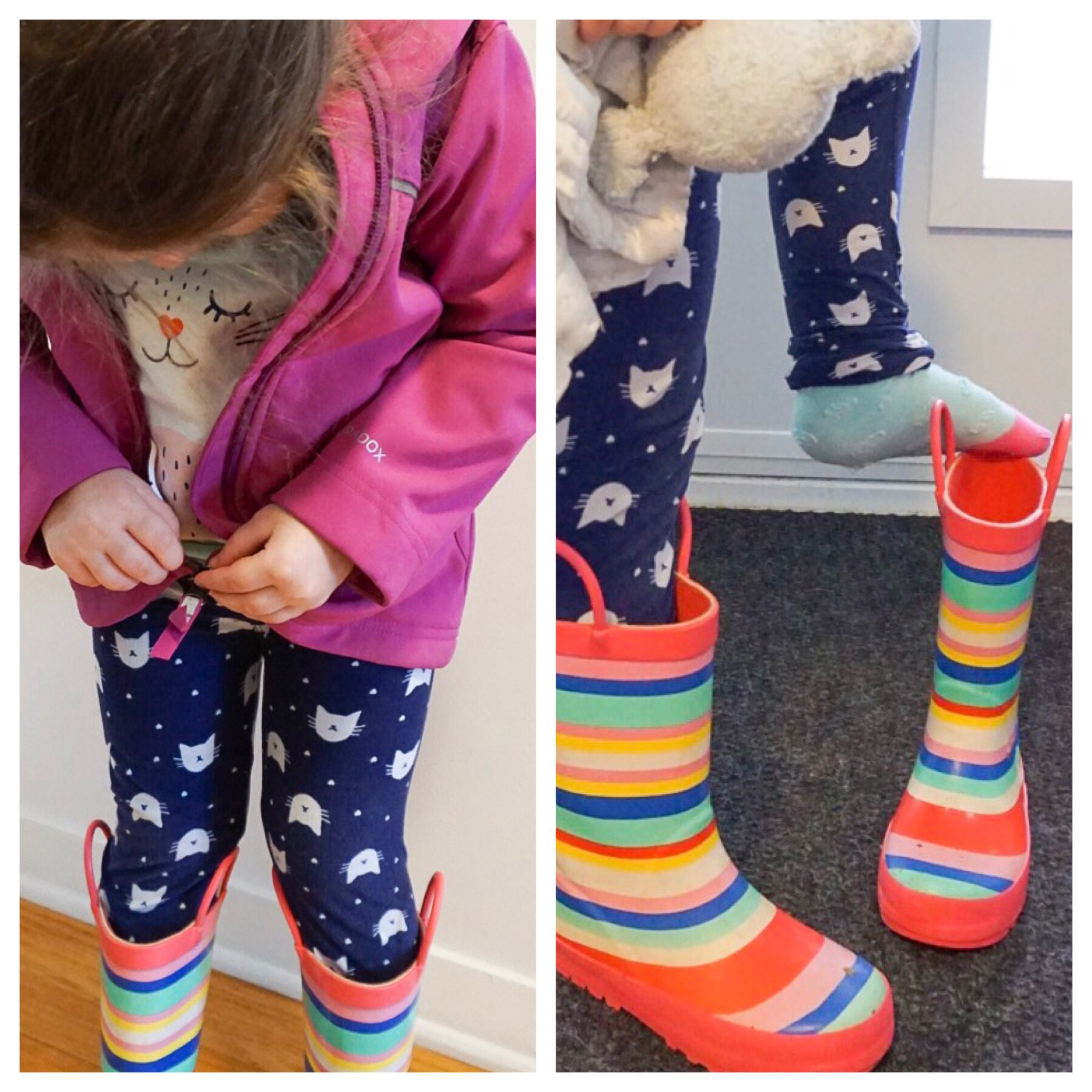
Explore Interests
The foundation of the Kindergarten program is play-based learning. So what does that mean? It means the children are free to play and explore what interests them. Literacy, mathematics, science, technology, and art are all infused into the environment. Children can work on whatever they are drawn to. Educators focus on identifying interests, and expanding on them. If your child is interested in trains, expand on that. You can read books about trains, count train stickers, visit the train station, plan and build train tracks, make maps, and print pretend train tickets.
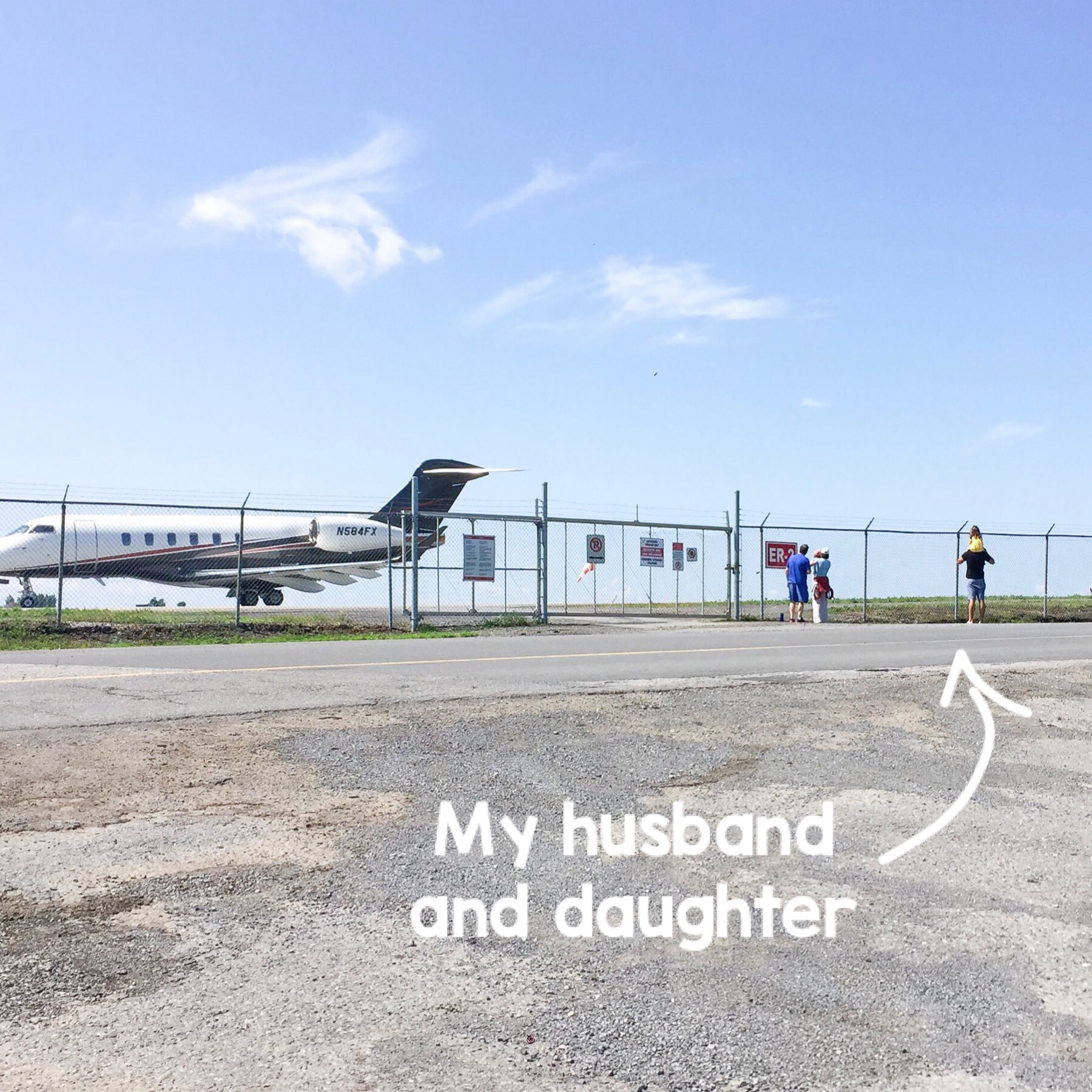
Talk about School
Lastly, talk about school and get your child excited about what is to come. Read books about school, visit the school your child will be attending, talk about what kids do at school. The more your child understands about school, the smoother the transition will be.
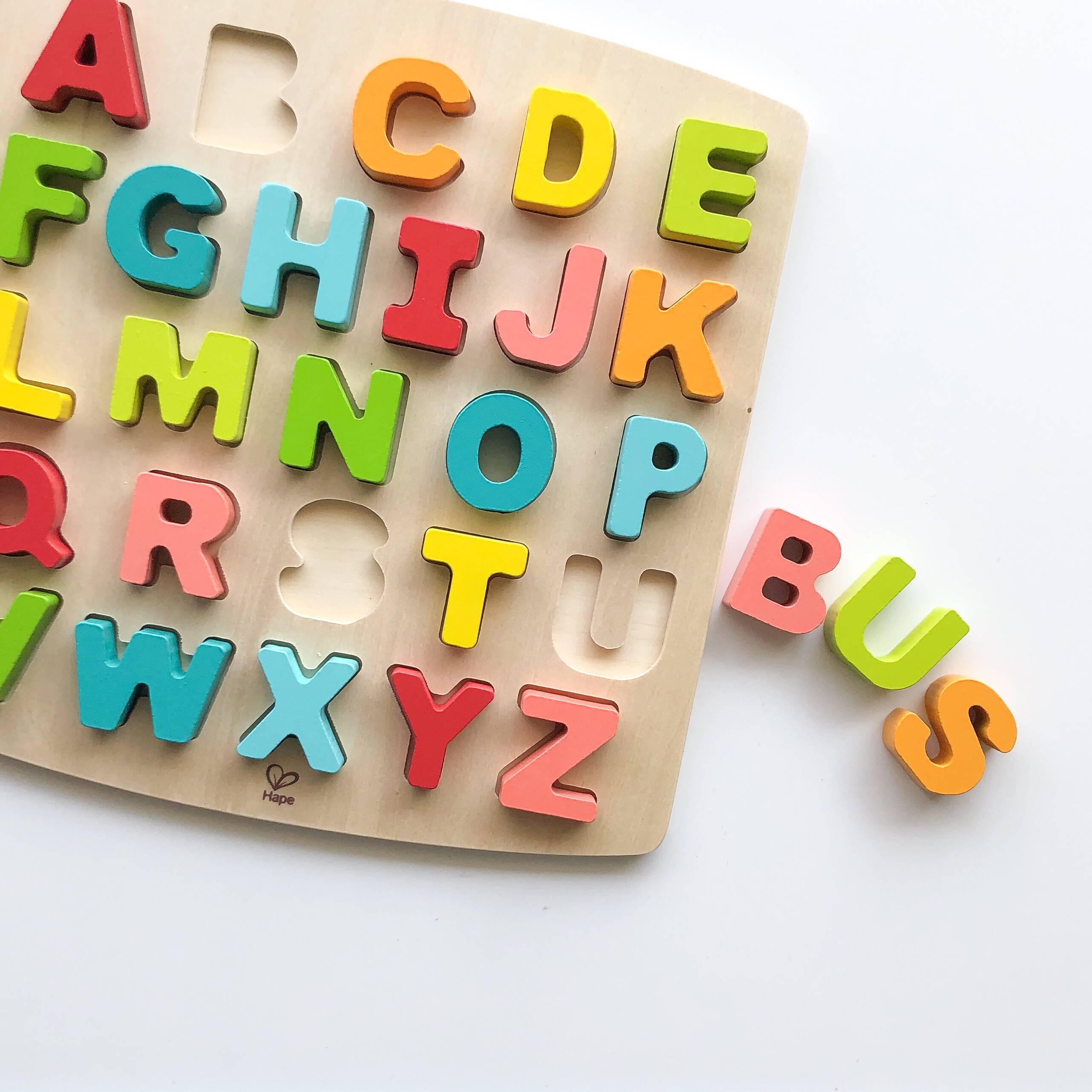
Want to read more about how to prepare your child for Kindergarten? Check out my past blog posts, Supporting Early Literacy at Home and Educational Apps I love for Toddlers. The Ministry of Education website also has a whole list of simple ideas you can do at home. Don’t forget to follow me on Instagram and subscribe to my newsletter to stay up to date with all my early learning tips and tricks.
